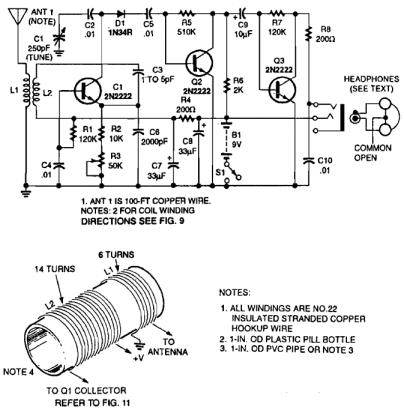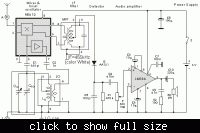froten
Member level 3
Hello All,
I'm planing to start building my first project in RF circuits, a SW radio receiver (3-30MHz). I have small experience with RF design so I'm trying to get some help through this forum.
In this post I would like to get some recommendations on the overall design, building blocks, suggested circuits, links and projects.
Since it is the first receiver, it doesn't have to be a high performance, can be Battery or line power operated, and all transistor since IC's are difficult to optain in my city. Any idea is welcome.
Thanks in advance for any help.
I'm planing to start building my first project in RF circuits, a SW radio receiver (3-30MHz). I have small experience with RF design so I'm trying to get some help through this forum.
In this post I would like to get some recommendations on the overall design, building blocks, suggested circuits, links and projects.
Since it is the first receiver, it doesn't have to be a high performance, can be Battery or line power operated, and all transistor since IC's are difficult to optain in my city. Any idea is welcome.
Thanks in advance for any help.


